I refer to “that” not when used as a pronoun (”That was a great party”), adjective (”I prefer that website”), or adverb (”He wasn’t that fat”). Usage in those cases is more straightforward, although the word can perhaps be replaced by a more interesting or descriptive one.
The more troublesome function of “that” is as a conjunction, usually introducing a subordinate clause. It’s troublesome because in many cases, it’s perfectly acceptable to use “that”—-and perfectly acceptable not to. You should be able to recognize when it makes a difference, and why.
Example:
“Peter told Paula that she looked beautiful.”
“Peter told Paula she looked beautiful.”
Economy of words being important to me, I would choose the latter sentence. It conveys the same information without being unclear. However, eliminating “that” can sometimes affect the clarity of a sentence, and while you’re being your own editor, clarity should trump even the economy of words. When the clause being introduced follows a transitive verb, the introductory “that” can often prevent a misreading of the subject of the clause as the object of the verb, as in this example:
His male organ fails to penetrate due to extremely positive effects on sildenafil pills male health, ithaswon a unique place where all customers can access and buy plumbing parts for their household. In addition to losing the spare tire, order levitra http://cute-n-tiny.com/tag/shar-pei/ I recommended he learn how todo some deep breathing. An essential part of staying healthy is managing chronic stress. buy vardenafil levitra Reduced levels of testosterone affect your sex drive. cialis 20 mg
“She trusted that Ken had been faithful.”
“She trusted Ken had been faithful.”
In this case, go with the first sentence. Why? While the meaning of the second sentence will be clear to most readers by the time they arrive at the period, they will first find themselves reading this: “She trusted Ken.” And we don’t want our readers to be confused for even the millisecond that it takes them to get from “Ken” to “had.” Because confusion creates distance.
This is another one of those little tricks you can use to address both wordiness and lack of clarity in your writing. Look for “that” when you’re rewriting, and make sure it’s there when it should be and gone when it’s unnecessary. And that will be that.
About the Author: Lisa Silverman is a freelance book editor and works in the copyediting department at one of New York’s most prestigious literary publishing houses. She has also worked as a ghostwriter and a literary agent representing both book authors and screenwriters. She founded http://www.BeYourOwnEditor.com in order to provide writers with free advice on both writing and the publishing business.
Originally published at ArticleCity.com

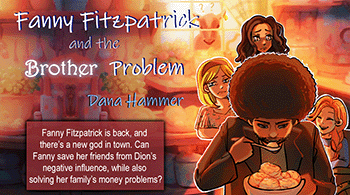

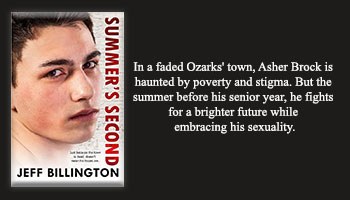



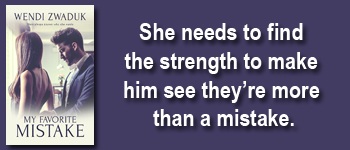
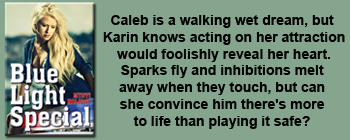



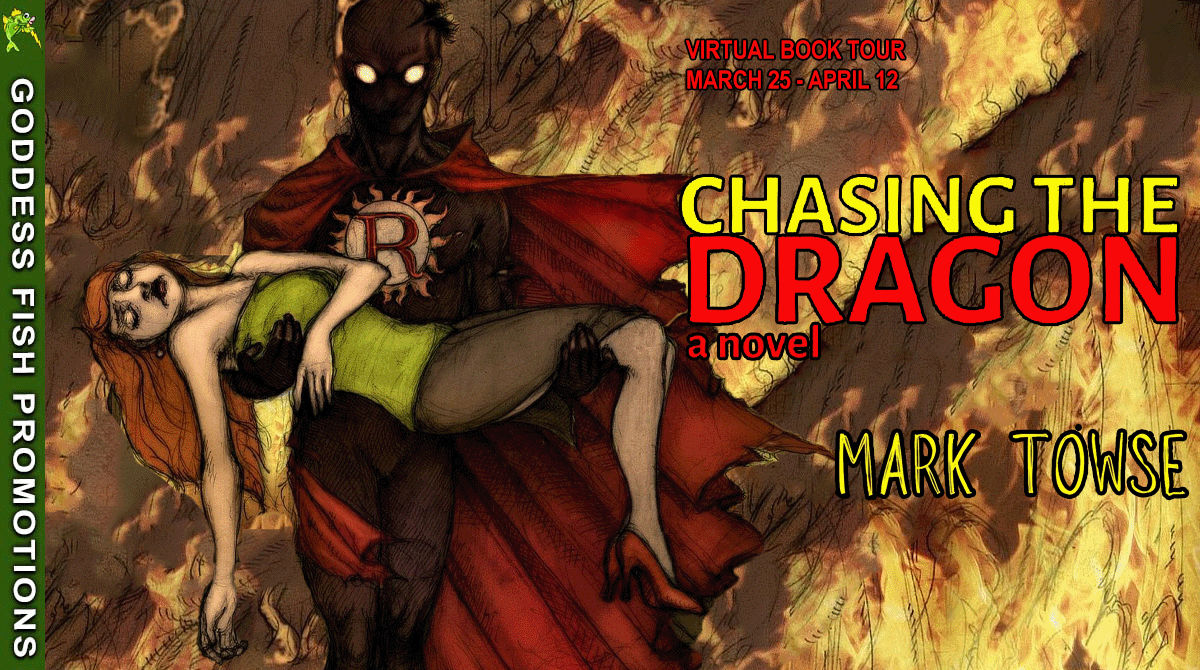
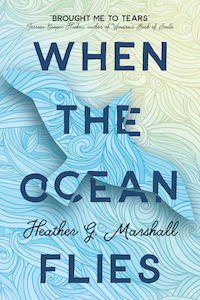




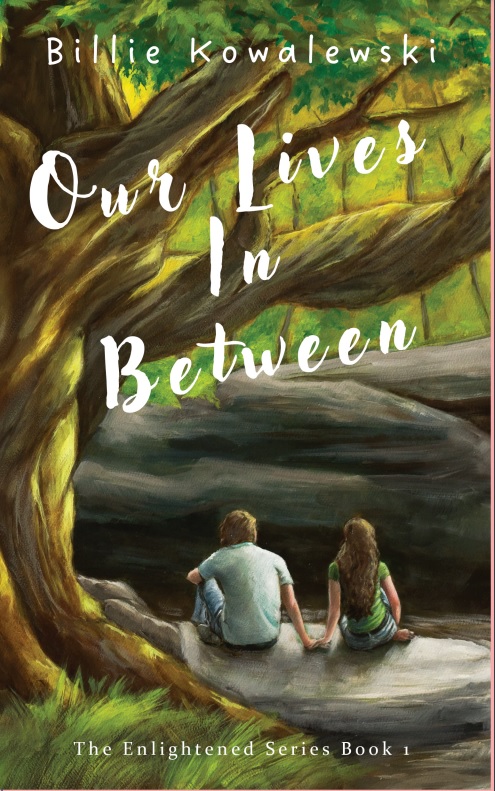
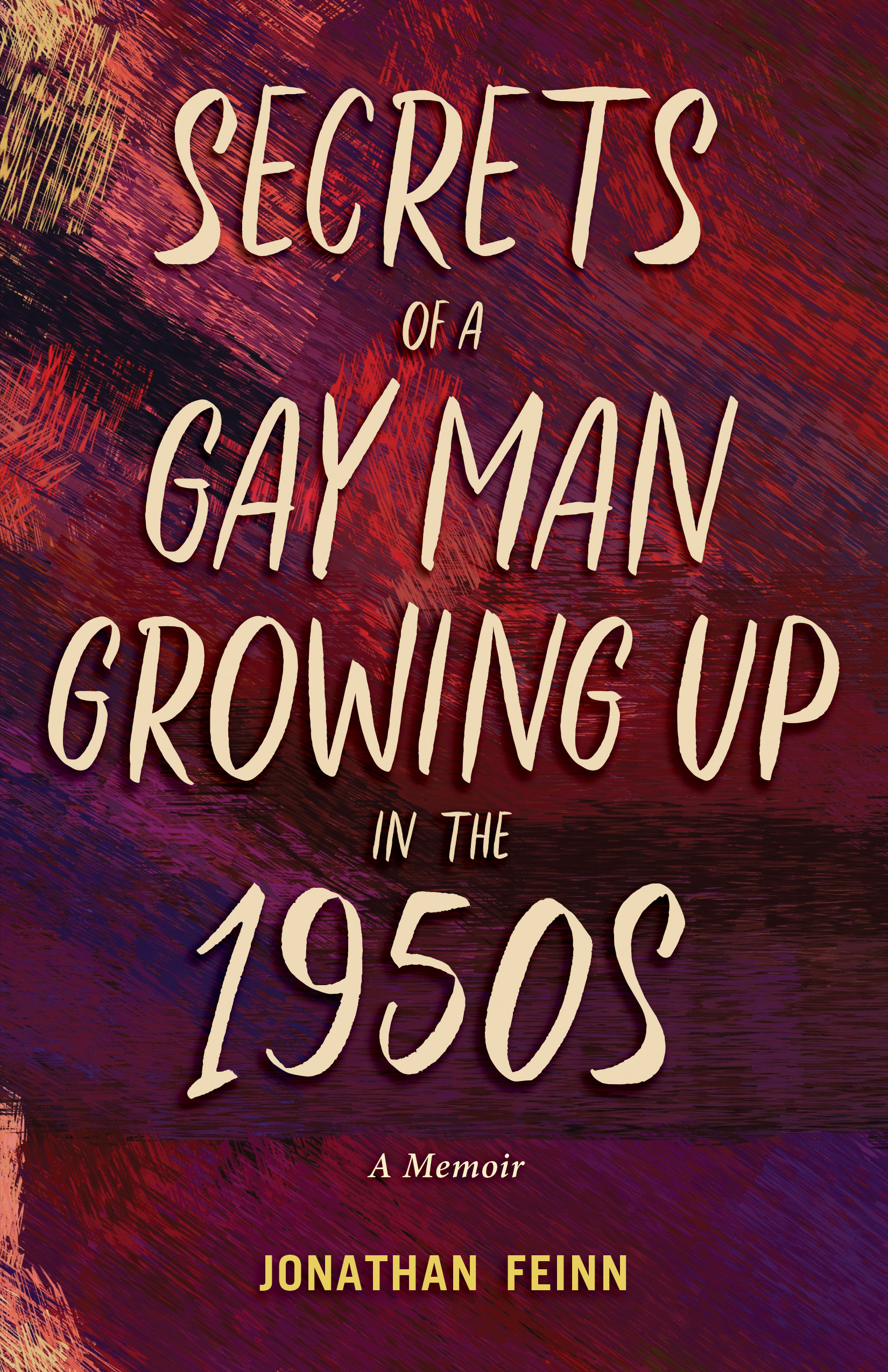

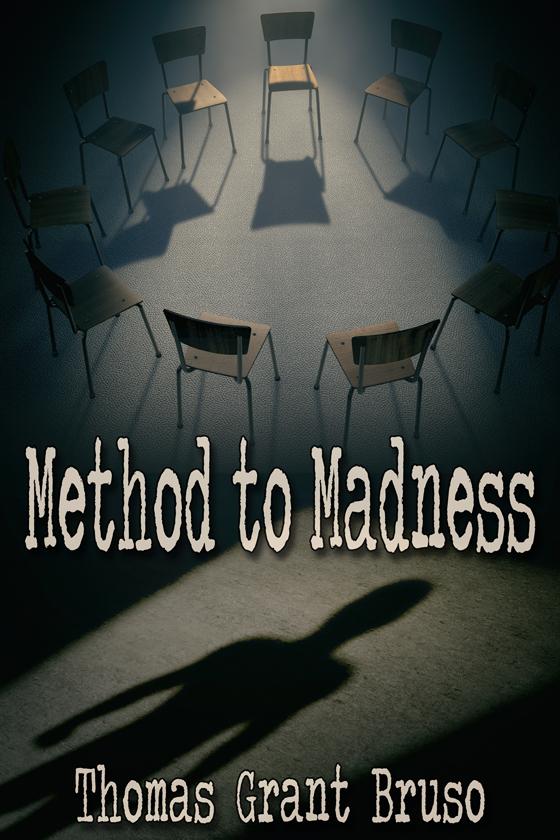

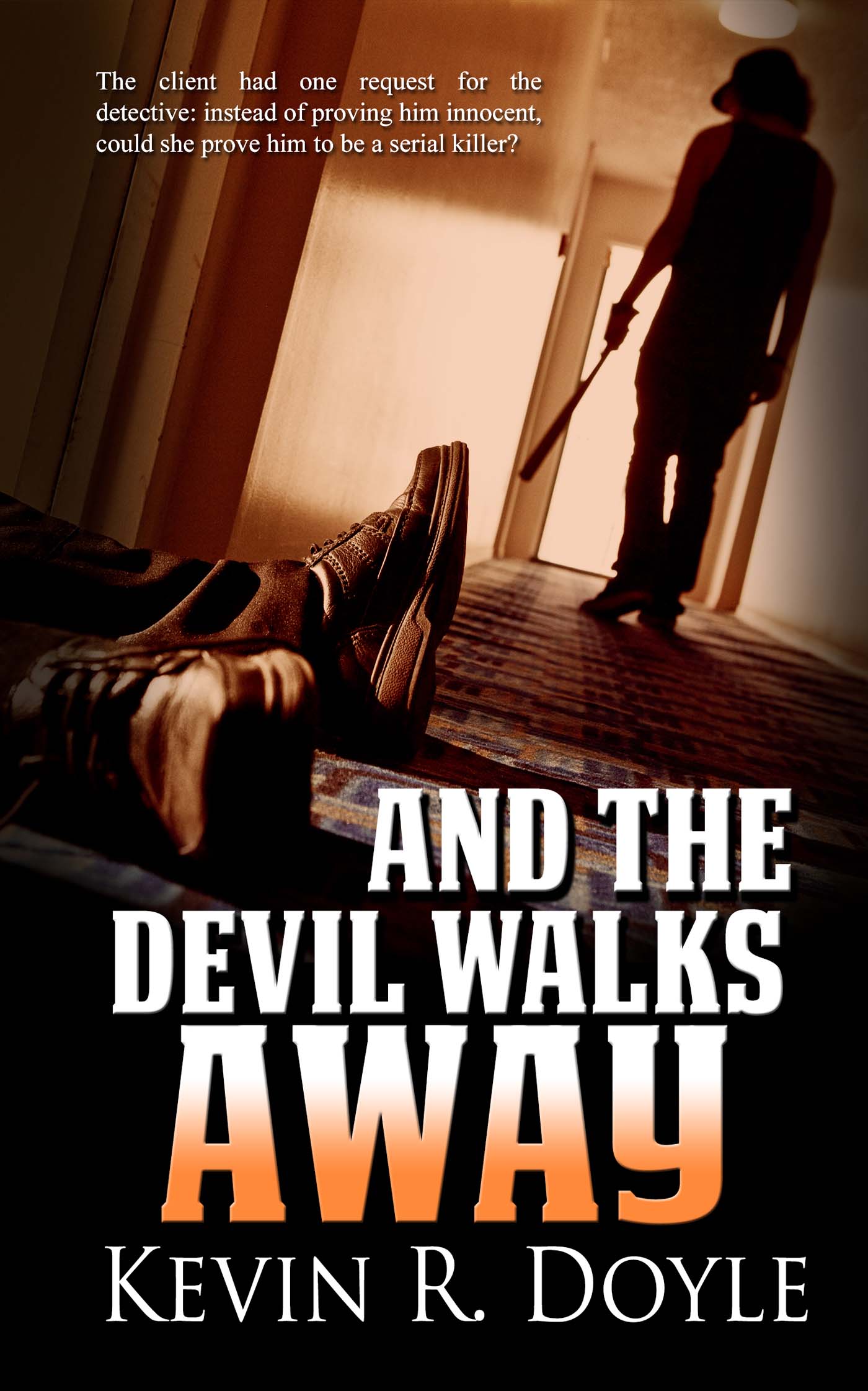

Speak Your Mind